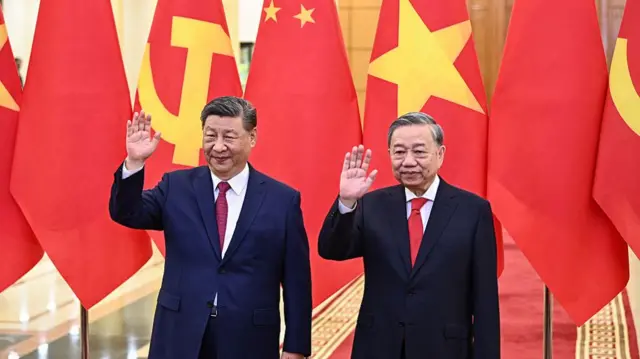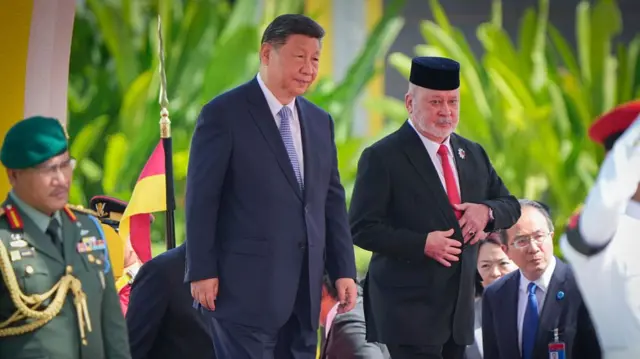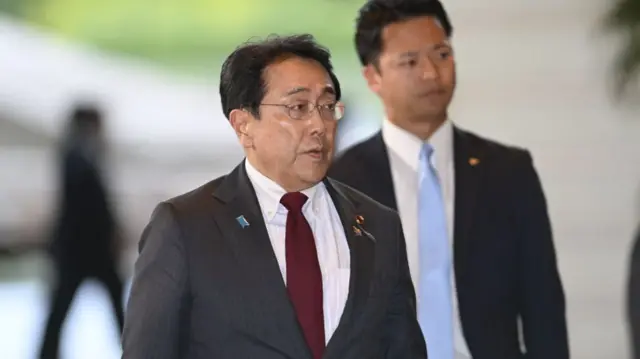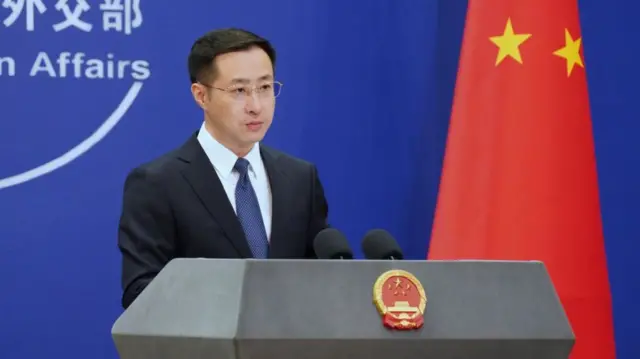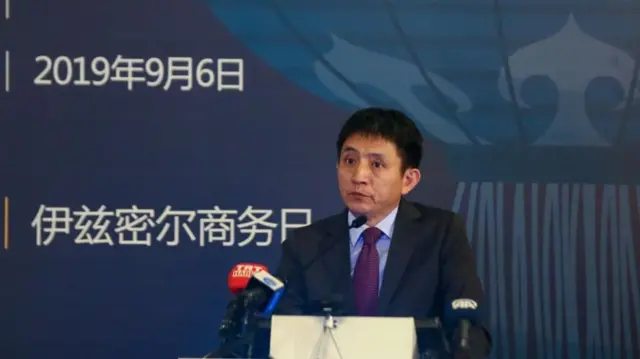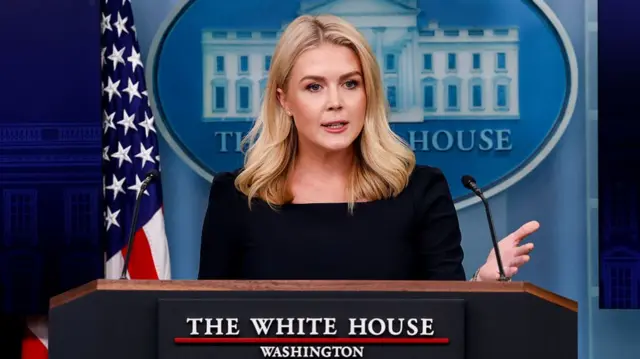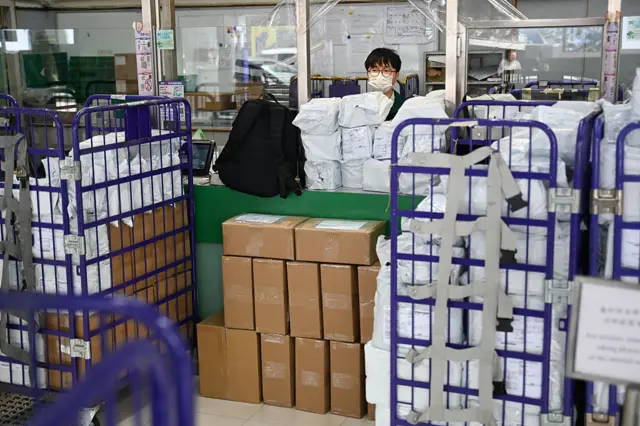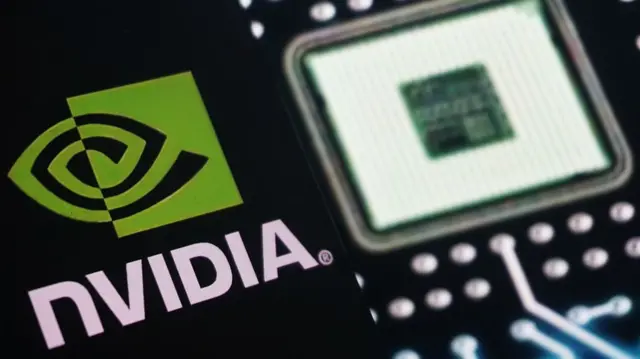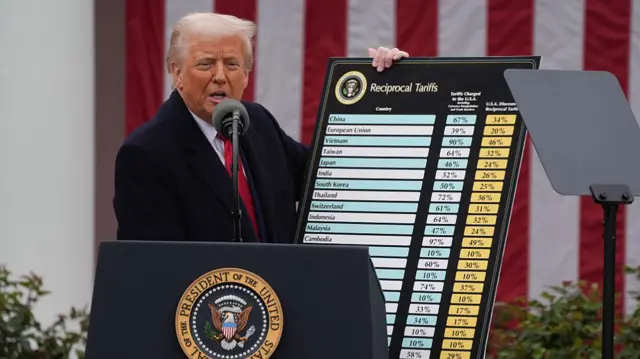We're pausing our live coveragepublished at 08:00 BST 16 April
Earlier today, China announced robust economic growth data for the first three months of the year of 5.4%.
But a top official has warned that Trump's tariffs will put pressure on the country, adding they won't stop the world's second biggest economy growing in the long term.
Meanwhile, China's leader Xi Jinping is in Malaysia today, as part of a '"charm offensive" tour of South East Asia to shore up alliances with key trading partners.
We're pausing our live coverage for the time being but for a deeper dive into some of the issues we've explored today, these pieces have you covered:
- The BBC's China correspondent Laura Bicker speaks to small Chinese businesses that have been brought to a standstill by Trump's tariffs
- And a look into the perils of Trump's chip manufacturing strategy
